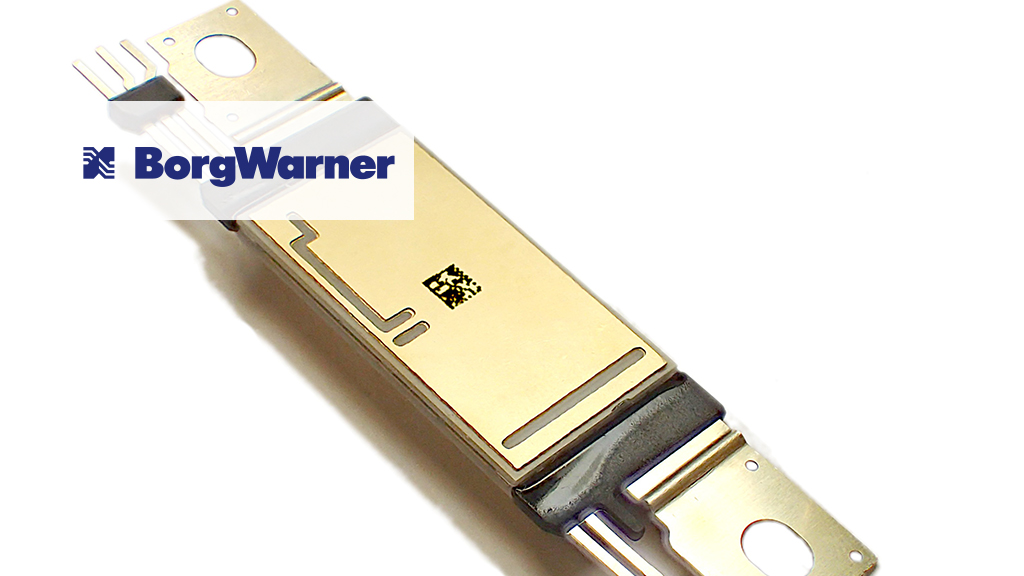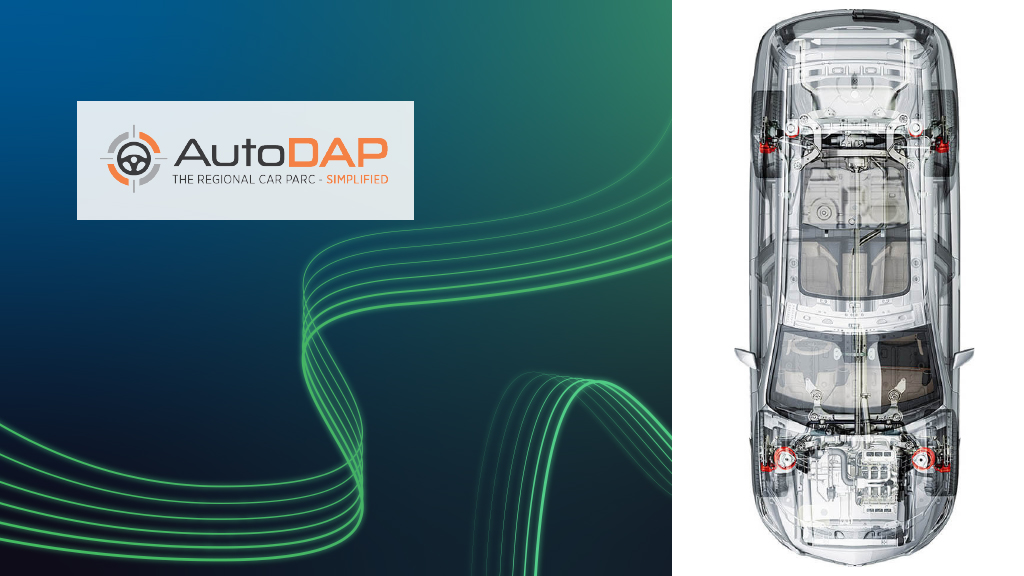800-Volt Silicon Carbide Inverter for Electrified Vehicles
Power and performance boosted by electric propulsion system
Studies show the major factors holding consumers back from purchasing a plug-in hybrid or battery electric vehicle are battery range, charging convenience and costs. Vehicle manufacturers understand all too well the need to overcome these objections. However, the technology to allow them to offer electrified vehicle ownership experiences with few constraints has been largely out of reach, until now.
BorgWarner (formerly Delphi Technologies) provides the perfect solution for this challenge; the 800-Volt Silicon Carbide Inverter for Electrified Vehicles. It’s the first 800-Volt inverter to use an innovative, double-side cooled silicon carbide (SiC)-based power switch that delivers the higher power densities and efficiencies needed to extend battery range and performance, and reduce costs. Its patented capabilities give manufacturers the propulsion system design flexibility and performance they need to drive consumer demand – and the vehicle mix and volumes required to meet increasing emissions regulations.
The inverter’s specific features include extending electric vehicle range by approximately 5% and enabling faster charging times at 800 volts when compared to today’s 400-volt systems. Its patented, dual-sided cooling allows for significantly smaller and lighter inverter designs. It also provides the perfect packaging for the more efficient but pricey silicon carbide. SiC costs significantly more than the most commonly used material, silicon. The double-sided cooling shrinks the amount of SiC needed, thereby cutting costs.
It’s engineered to deliver up to a 70% reduction in power losses, along with greater power density, depending upon the drive cycle. Manufacturers can leverage these improved efficiencies when designing their propulsion systems to either boost vehicle range, improve overall performance or reduce sticker shock through less costly batteries. This flexibility gives manufacturers the means to present consumers with a range of performance options – including the ability to trade-off battery size, cost and vehicle range – available at multiple price points, which is similar to the way powertrains are marketed today.
 Back
Back


